A training tip that could literally save your dog's life: How to stop your dog from eating things
Many owners find it hard to get their dog to stop eating once they've started tucking in — and while it's a tricky skill to learn, it's something you absolutely must master, says expert trainer Ben Randall.


We all want a dog with good manners around our home, with our visitors and especially around mealtimes — whether it’s our pet who’s eating or us. However, what’s the best course of action if we’ve started to train our dog to be patient around food, but it’s not quite going to plan?
This is the dilemma being faced by H. D. from Cobourg in Canada, who has written to us via our paws-for-thought@futurenet.com email address to ask for help with her dog Joey’s reluctance to stop eating once he’s been given the command to do so:
Hi Ben,I so much appreciate your insight and teaching and have been using it for training our eight-month-old border collie cross, Joey. I’m trying to teach him patience and control during feeding as you suggest, and he waits beautifully until I give him permission to start eating. A few seconds in, I ask him to leave it and sit, but I always have to gently lift him with my foot to “help” to stop. When I do this, he is frantically eating his food like his life depends on it and, recently, he has started growling at me. I really think this is an excellent skill for Joey to learn and hope we can do it. Am I doing something wrong? Any help would be appreciated — thank you. — H. D., Cobourg, Canada
Many thanks for your letter, H.D. — I am really pleased to hear you have started teaching your young dog Joey the BG foundations and that you are making great progress in establishing these commands for life.
You are correct in that the ‘leave’ command is one of the most important that we can teach our dogs. This is because teaching them something as simple as asking them to leave their food could also help to stop them eating something poisonous from the floor or out and about, chasing a cat across the road, or swallowing a sock that then gets stuck in their intestines. Simply put, it's no exaggeration to say that teaching a dog to 'leave' things instantly could save their life.
Please don’t worry, though. You are doing a great job with Joey and there are lots of ways in which we can hone his ‘leave’ training with the help of some simple exercises, which I have been perfecting as part of my BG (Beggarbush) foundation training methods for more than 20 years. You can learn more via @beggarbush on Instagram and my dog-training app (this link will let you get a free trial) or ask me your own question by emailing paws-for-thought@futurenet.com.

Ben’s three top tips for re-teaching the leave command
1. Take a step back to achieve success
What I would like you to do is go back a stage and, during mealtimes — while you are holding Joey’s food bowl in your hand — allow him to eat from the bowl. Then, as he is eating, give the ‘leave’ command and, as you say it, quickly remove the bowl. Next, place the bowl back under his nose, ask him to sit and pause for a few seconds, then give the command to eat.
Repeat this exercise every time you feed him (which is hopefully twice a day), until you no longer have to remove the bowl after the leave command is given, as he automatically pauses until you tell him to resume eating.
Exquisite houses, the beauty of Nature, and how to get the most from your life, straight to your inbox.
2. Repeat this exercise with the bowl on the floor
The next stage is to place Joey’s food bowl back on the floor and to repeat this exercise as many times as possible throughout the day. You could try splitting his usual amount of food into four portions, rather than two, so you can practise this more times in a day, but be sure to only use the verbal ‘leave’ command.
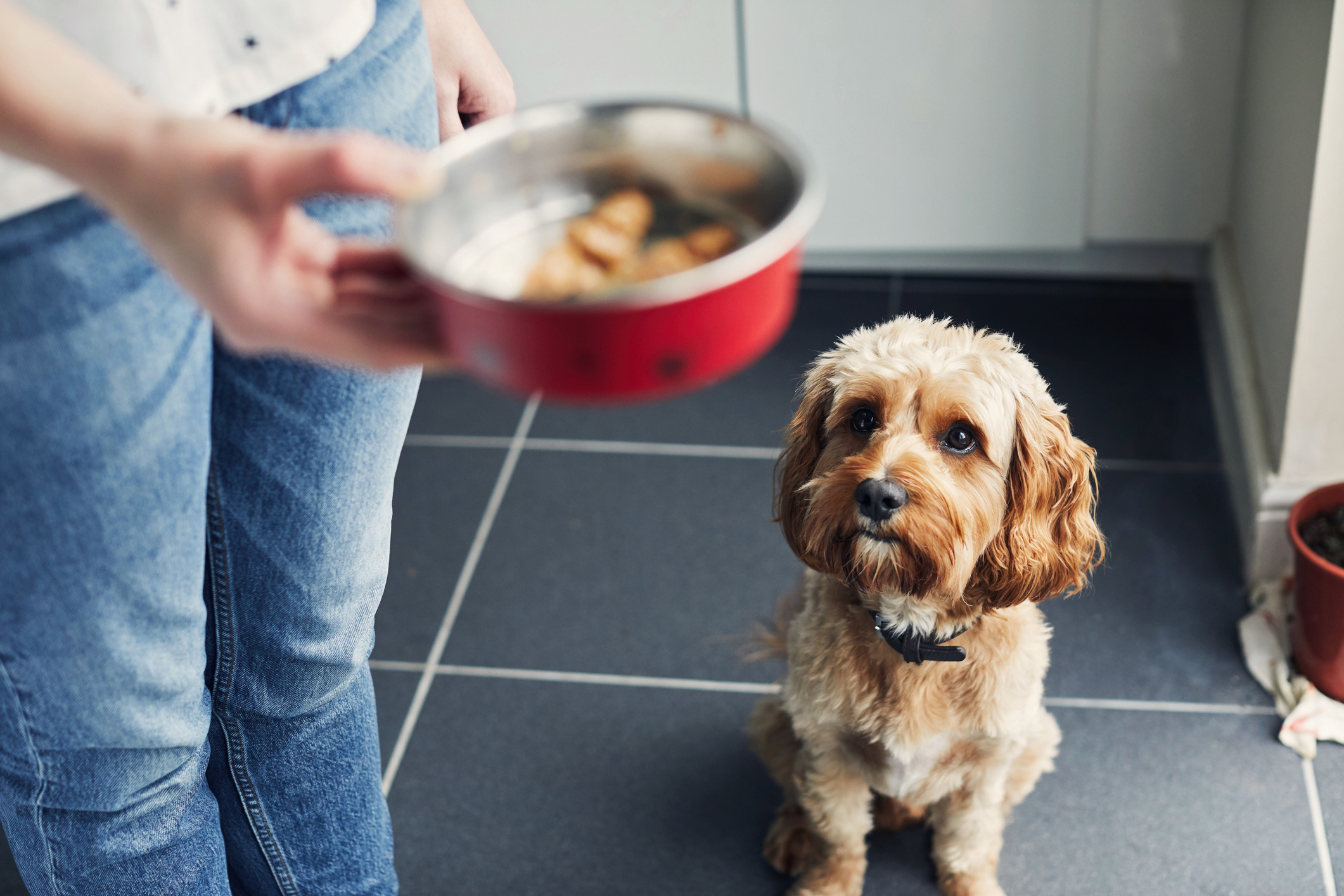
3. Switch things up to maintain your dog’s attention and focus
Ask Joey to sit at the 12 o’clock position on an imaginary clock face, then put his bowl of food at the one or two o’clock position. Then, while holding a piece of kibble in your hand, stand at the 6 o’clock position, give the ‘leave’ and command and recall Joey to you. After Joey sits and presents himself to you, tap your left leg and ask him to come to heel, then reward him with the kibble from your hand, before going to collect the bowl of food yourself.
This exercise can also be done in between meal times, because he’s not actually getting the food in the bowl, you won’t be overfeeding him.
However, what this exercise is doing is not only reinforcing the ‘leave’ command in a positive and kind way — as Joey is leaving a distraction (i.e. his food bowl), but getting a reward from you for doing so. Furthermore, you are collecting the ‘leave’ distraction and not Joey.
Be sure to practise this exercise in the garden, too. Then, if you’re ever walking Joey off the lead and he sees a squirrel or brown bear run across a road and starts to think about chasing it, you can quickly say, ‘leave, Joey’ and safely recall him to you.
For more detailed advice about Ben Randall’s positive, reward-based and proven BG training methods, one-to-one training sessions, residential training or five-star dog-boarding at his BGHQ in Herefordshire, telephone 01531 670960 or visit www.ledburylodgekennels.co.uk. For a free seven-day trial of the Gundog app, which costs £24.99 a month or £249.99 a year, visit www.gundog.app/trial
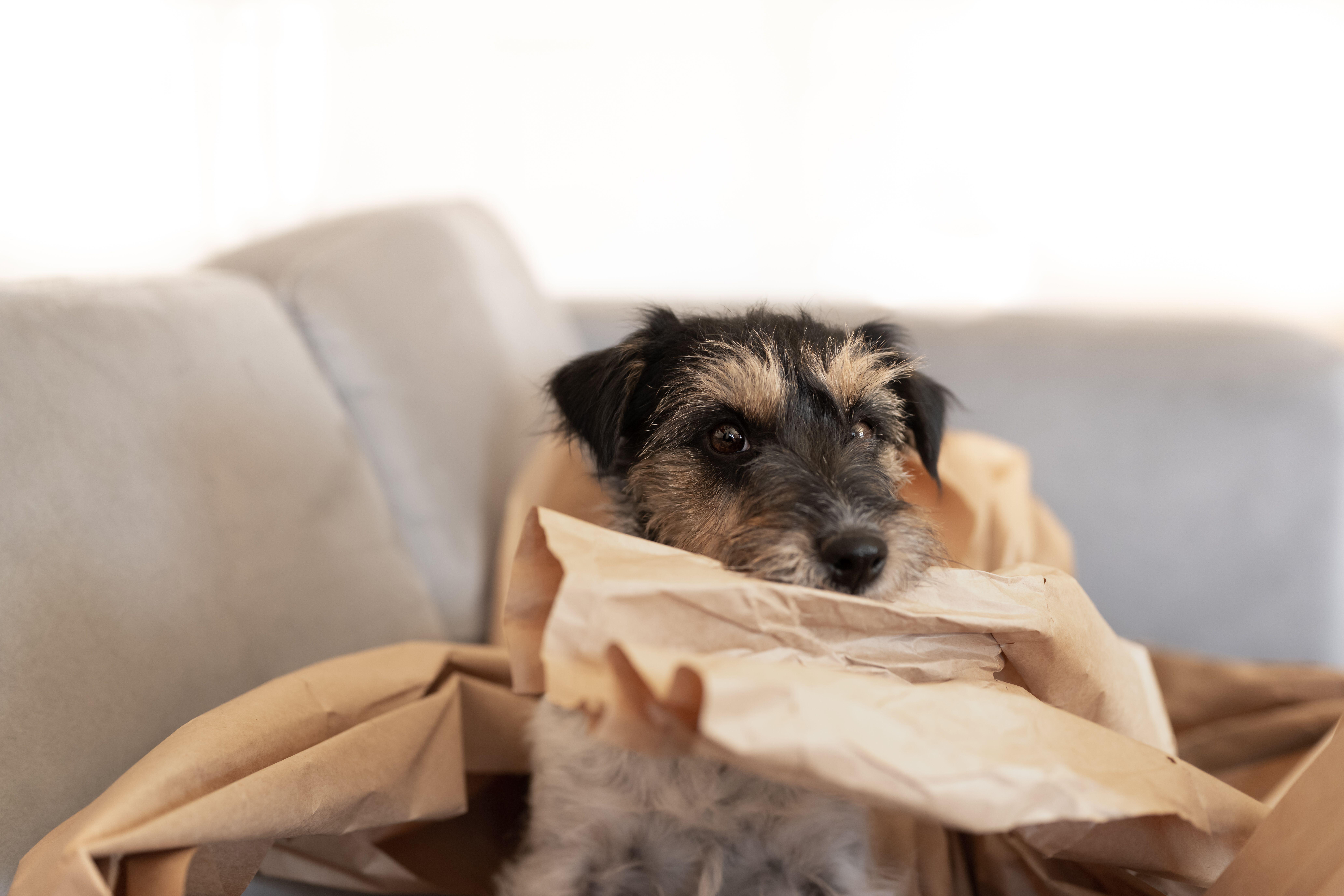
How to stop resource guarding in dogs, by Ben Randall
Resource guarding is common in dogs — but it can be solved. Award-winning dog trainer Ben Randall explains how as he
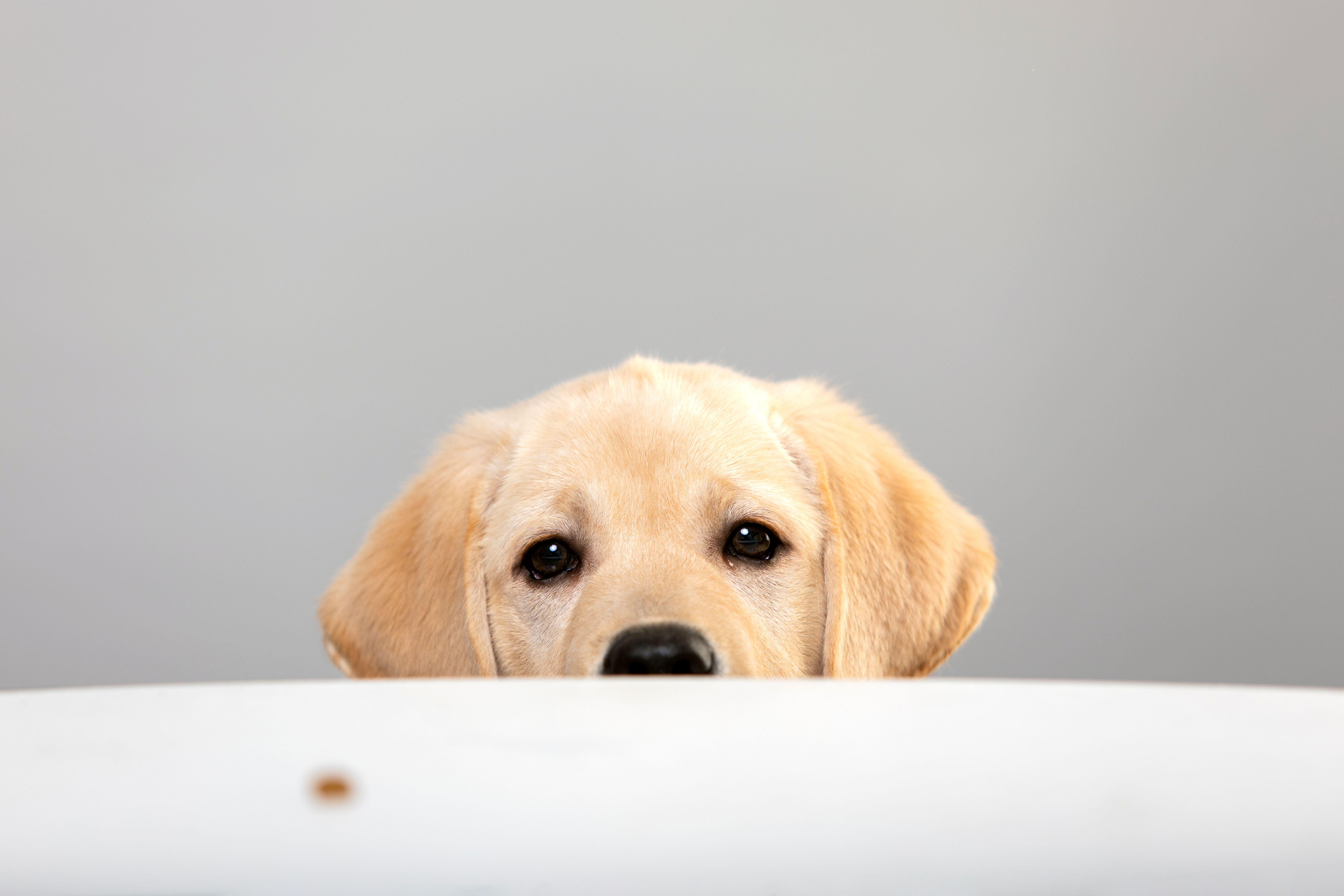
Credit: Alamy Stock Photo
How to stop your dog begging for food at the table, by expert trainer Ben Randall
Dogs begging for food around mealtimes can be adorable up to a point — but what happens when the charm wears
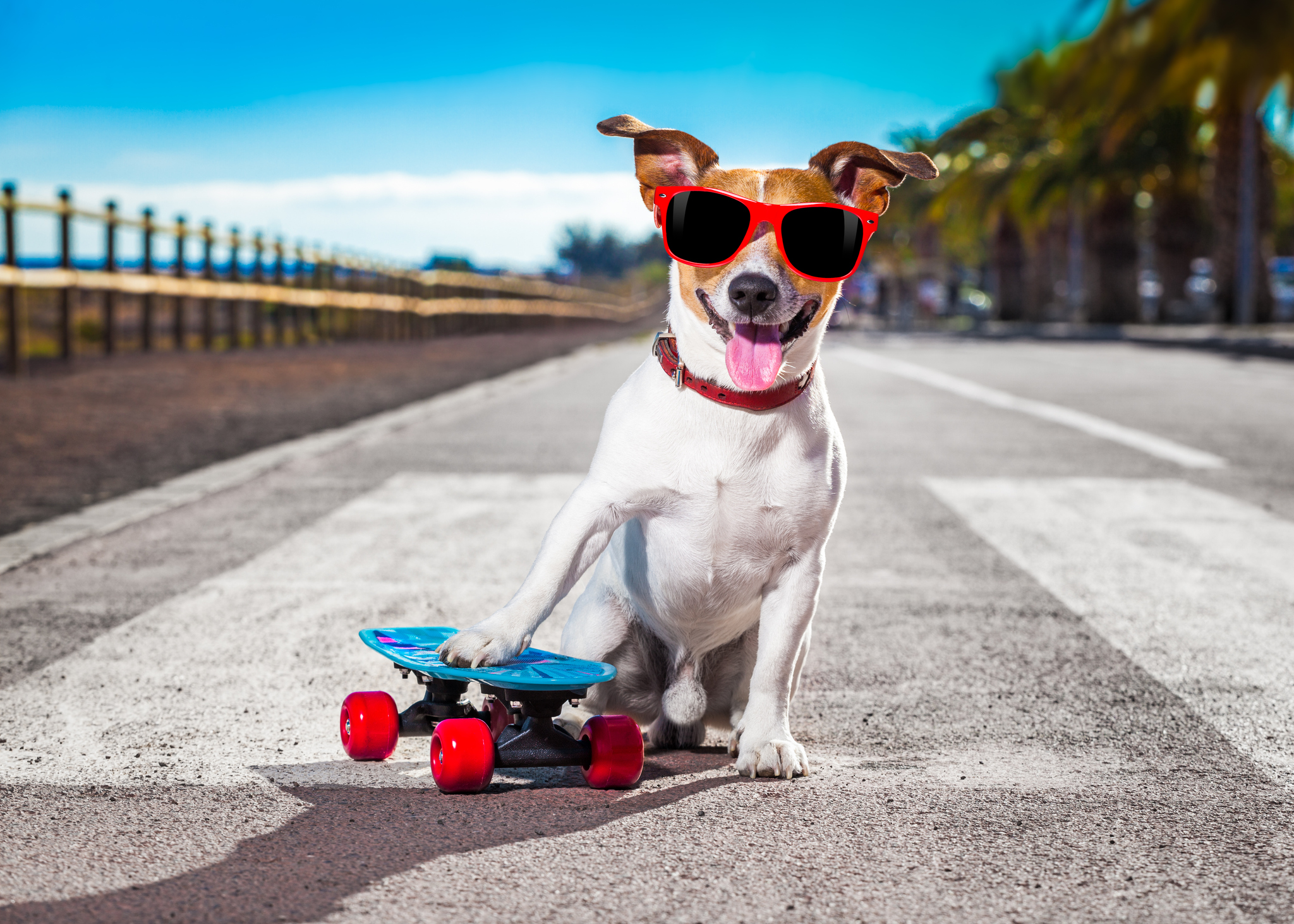
How to teach a dog tricks, by expert trainer Ben Randall
If you want to teach a few party tricks to your pup you'll need to tread carefully, explains Ben Randall.

Credit: Getty Images/EyeEm
How to help a dog who's scared of going places in the car, by expert trainer Ben Randall
A retired greyhound with an unknown past is the subject of this week's advice article from our resident dog whisperer
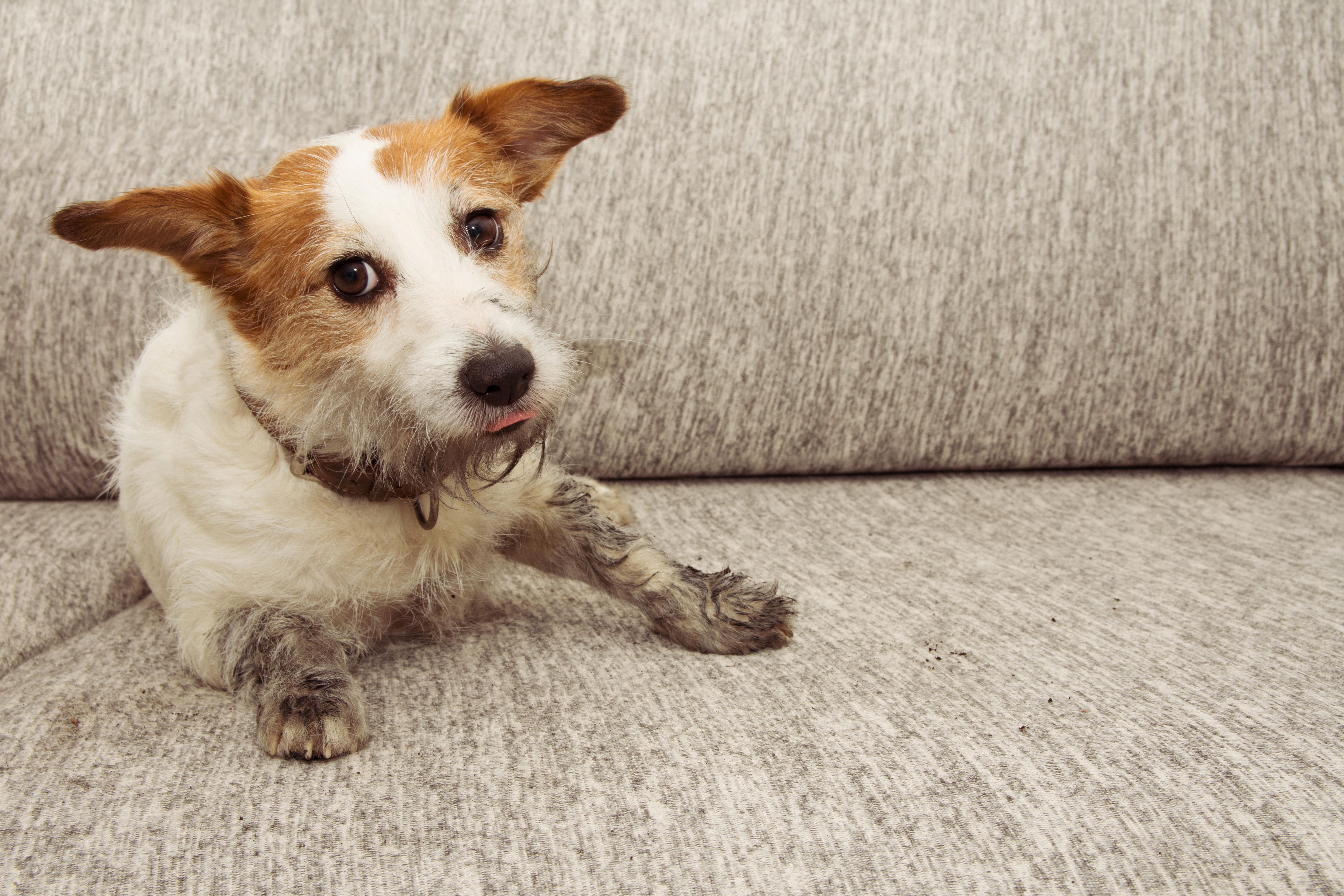
Credit: Alamy
How to keep a dog off the sofa, by top trainer Ben Randall
Fed up with Fido leaping onto the furniture — whether it's your sofa, armchair, or your bed — whenever he
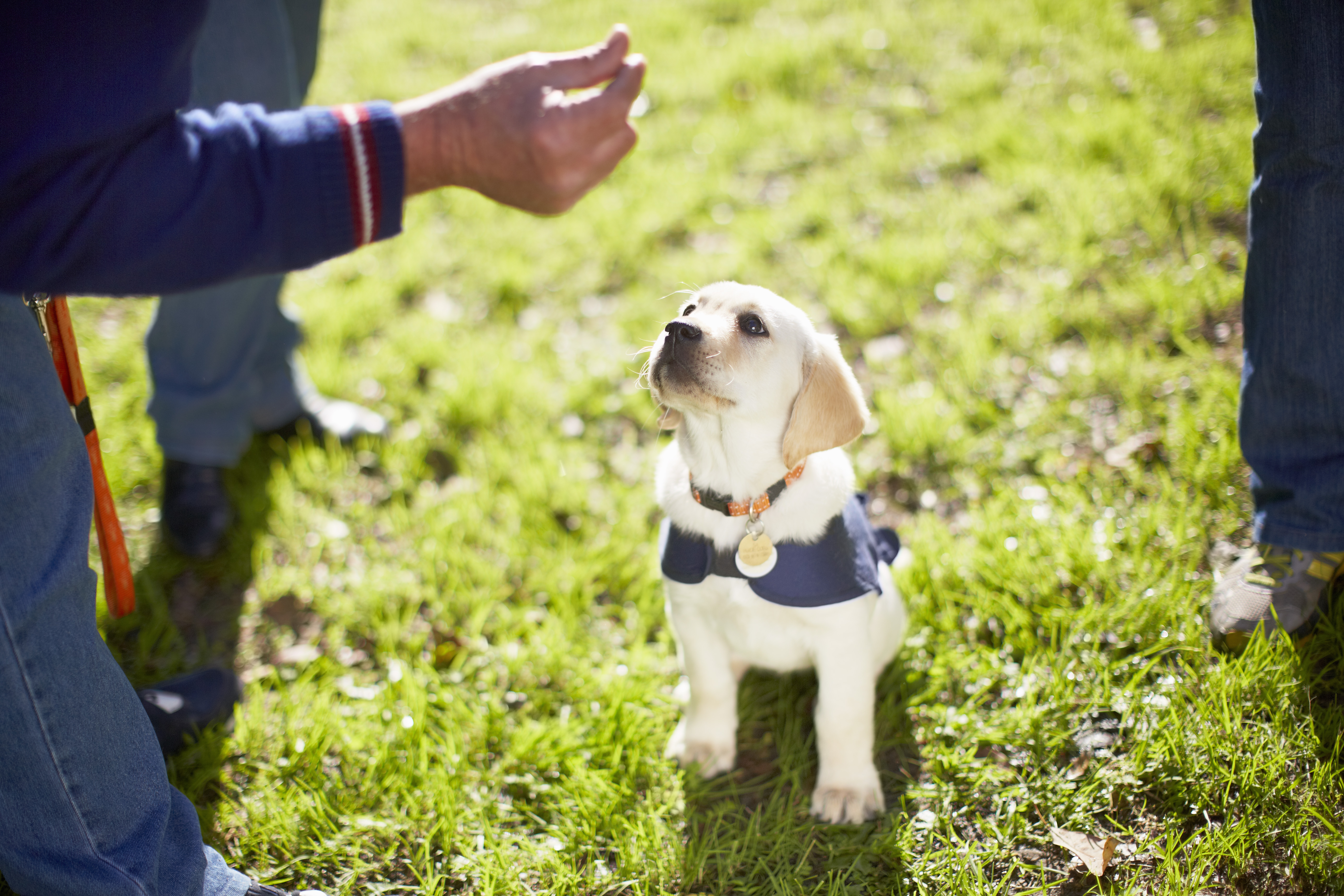
Credit: Getty Images/Westend61
How to teach a dog to sit: Five tips from leading dog trainer Ben Randall
Teaching your dog to sit is one of the most important things you can do — and it will help with

Credit: Alamy
How to stop your puppy crying at night, by dog training expert Ben Randall
The heartbreaking whimper of a puppy calling for you will tug on the heartstrings like few other things, but you
